Home>Articles>How To Keep Mice Out Of Camper During Winter Storage
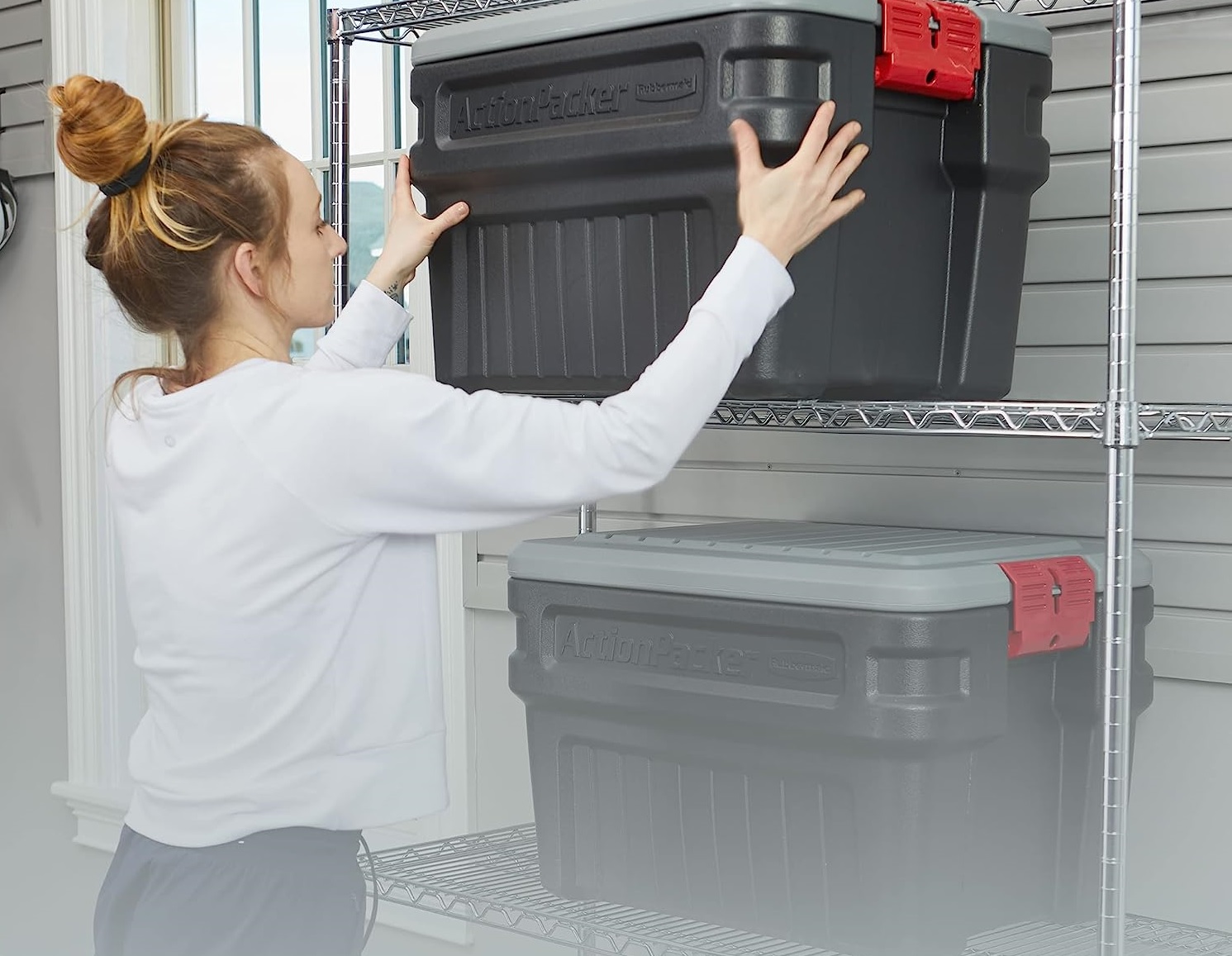

Articles
How To Keep Mice Out Of Camper During Winter Storage
Modified: August 19, 2024
Keep mice out of your camper during winter storage with these helpful tips for seasonal storage.
(Many of the links in this article redirect to a specific reviewed product. Your purchase of these products through affiliate links helps to generate commission for Storables.com, at no extra cost. Learn more)
Introduction
Winter storage is an important time for campers, but it can also provide an inviting refuge for unwanted guests: mice. These small rodents are notorious for finding their way into campers during the winter months, seeking shelter, warmth, and a steady food supply. Dealing with a mouse infestation can be frustrating and costly, as they can cause damage to your camper’s electrical wiring, insulation, and upholstery.
Fortunately, there are measures you can take to keep mice out of your camper during winter storage. By understanding why mice are attracted to campers and implementing some preventive strategies, you can greatly reduce the risk of infestation and ensure a trouble-free camping season next year.
Key Takeaways:
- Keep mice out of your camper during winter storage by sealing entry points, removing food sources, and using repellents strategically. Regular maintenance and monitoring are key to preventing infestations.
- Understand why mice are attracted to campers and take proactive measures to protect your camper during winter storage. Implement a combination of strategies and stay vigilant for signs of mouse activity.
Read more: How To Keep Grass Green During Winter
Understanding the Problem: Why Mice Invade Campers During Winter Storage
Mice are naturally drawn to warm and cozy places, especially during the cold winter months. Campers, with their snug interiors and often-accessible entry points, can provide an ideal shelter for these small pests.
One of the main reasons mice invade campers during winter storage is the availability of food. Even if you clean your camper thoroughly before storing it, there may still be residual food crumbs or spills that can attract mice. Additionally, mice are resourceful and can gnaw through boxes and bags to access stored food items.
Moreover, campers often have multiple entry points that are easily accessible for mice. Small gaps or cracks in the exterior of the camper, damaged vent screens, or openings around pipes and utility connections can be potential entry points for mice. Once inside, mice can scurry around undetected, seeking out hidden areas to nest, such as behind walls, cabinets, or under the flooring.
While mice may seem harmless at first, they can cause serious damage to your camper. They are known to chew on wires, insulation, and upholstery, which can lead to electrical malfunctions and expensive repairs. In addition, their droppings and urine can contaminate surfaces and spread diseases.
By understanding why mice invade campers during winter storage, you can take proactive measures to prevent infestations and protect your camper from potential damage.
Preparing the Exterior of Your Camper
One of the first steps in keeping mice out of your camper during winter storage is to properly prepare the exterior. This involves inspecting the camper for any gaps, cracks, or openings that mice could use as entry points.
Start by thoroughly examining the exterior of your camper. Look for any holes, gaps around pipes or utility connections, damaged vent screens, or areas where mice could squeeze through. Use a flashlight and take your time to ensure that you don’t miss any potential entry points.
Once you’ve identified these areas, it’s important to seal them off effectively. Use an appropriate sealant, such as silicone caulk or expanding foam, to fill in cracks and gaps. Pay special attention to areas around windows, doors, utility connections, and any other vulnerable spots. Remember, mice can squeeze through extremely tiny openings, so be thorough in your sealing efforts.
In addition to sealing gaps, consider installing metal mesh or wire screens on vents and openings. This will prevent mice from entering through these areas while still allowing for proper airflow. Make sure the screens are securely attached and free from any tears or damage.
Another important step is to trim any tree branches or shrubs that are touching or close to the camper. Mice can use these as bridges to access your camper, so keep them at a distance to minimize the risk.
By properly preparing the exterior of your camper and sealing off potential entry points, you’ll greatly reduce the chances of mice making their way inside.
Sealing Entry Points and Vulnerable Areas
When it comes to keeping mice out of your camper during winter storage, effectively sealing entry points and vulnerable areas is crucial. Mice can squeeze through incredibly small openings, so it’s important to be thorough in your sealing efforts.
Start by inspecting the interior of your camper for any visible gaps or cracks that mice could use as entry points. Check areas around windows, doors, utility connections, and vents. It’s also important to pay attention to areas where different materials meet, such as flooring transitions, cabinets, or walls.
Once you’ve identified these entry points, begin sealing them off. Use a high-quality silicone caulk or expanding foam to fill in any gaps or cracks. Ensure that the sealant is applied evenly and covers the entire opening. Pay attention to the quality of the seals and make any necessary repairs or touch-ups as needed.
Focus on vulnerable areas where mice are known to gain access. For example, check the areas around your camper’s wheel wells, as these can sometimes have gaps or openings that mice can exploit. Seal off any space between the wheel well and the exterior with weather stripping or another appropriate sealant.
Don’t forget about the holes or gaps around pipes and utility connections. These can be prime entry points for mice, so seal them off properly. Use metal mesh or wire wool to cover larger openings before applying sealant to ensure mice cannot chew through it.
Additionally, consider installing door sweeps on camper doors to create a better seal and eliminate any gaps that mice could use to get inside. Make sure the sweeps are secure and in good condition.
Remember to also pay attention to the underbelly of your camper. Inspect the area underneath your camper for any openings or gaps that mice could access. If you find any, use weather-resistant materials, such as galvanized steel mesh, to cover the openings and prevent mice from entering.
By effectively sealing entry points and vulnerable areas, you’ll significantly reduce the chances of mice finding their way into your camper during winter storage.
Removing Food Sources and Potential Nesting Materials
Mice are attracted to campers during winter storage because they provide a potential source of food and nesting materials. To keep mice out of your camper, it’s important to eliminate these enticing resources.
Begin by thoroughly cleaning your camper before storing it for the winter. Remove all food items, including snacks, canned goods, and pet food. Even the smallest crumbs can be enough to attract mice. Pay extra attention to areas where food is often consumed, such as the kitchen and dining areas. Clean all surfaces, cabinets, and storage compartments thoroughly, ensuring there are no food residues left behind.
Store any remaining non-perishable food items in airtight containers made of metal or glass. This will prevent mice from smelling or accessing the food, even if they manage to enter your camper.
In addition to food, mice are also attracted to potential nesting materials. These can include fabrics, paper products, cardboard, or insulation. Before storing your camper for the winter, remove or properly store any materials that mice could use to build their nests. Keep fabrics and linens in sealed plastic bags or containers, and avoid leaving stacks of paper or cardboard in accessible areas.
Inspect your camper for any signs of existing nests. If you find any, make sure to remove them carefully and dispose of them properly. Mice are known to return to previous nesting sites, and removing old nests will discourage them from trying to re-enter your camper.
As an extra precaution, consider using strong-smelling deterrents that mice dislike, such as peppermint oil or dryer sheets. Place these deterrents strategically around your camper, focusing on areas where mice are most likely to enter or nest. While these methods are not foolproof, they may help discourage mice from settling in your camper.
By removing food sources and potential nesting materials, you’ll make your camper less appealing to mice and reduce the chance of an infestation during winter storage.
To keep mice out of your camper during winter storage, seal any openings with steel wool, store food in airtight containers, and use peppermint oil as a natural deterrent.
Read more: How To Keep Mice Out Of A Dresser Drawers
Using Repellents and Deterrents
In addition to sealing entry points and removing attractants, using repellents and deterrents can be an effective way to keep mice out of your camper during winter storage.
One popular natural repellent is peppermint oil. Soak cotton balls in peppermint oil and place them strategically around your camper. Mice are known to dislike the strong scent of peppermint, so this can deter them from entering. Refresh the cotton balls regularly to maintain the strong smell.
Another natural repellent is mothballs. Place mothballs or mothball packets in areas where mice are likely to enter or nest. However, it’s important to use caution with mothballs, as they can be toxic to humans and pets. Make sure to follow the manufacturer’s instructions and keep them out of reach of children and animals.
Ultrasonic repellent devices are another option to consider. These devices emit high-frequency sound waves that are unpleasant to mice and other pests, but inaudible to humans and pets. Place these devices strategically in your camper to deter mice from entering. Keep in mind that these devices may not be effective in large or open spaces, so consider using multiple units for better coverage.
Some campers have reported success with using predator urine as a mouse deterrent. These products, which can be found in garden supply stores, contain the scent of predators like foxes or coyotes. The idea is that mice will smell the predator urine and avoid the area. Follow the instructions on the product for the best results.
Remember to periodically check and replace any repellents or deterrents you are using. Over time, the effectiveness of these products may diminish, and it’s important to maintain a strong deterrent presence throughout the winter storage period.
While repellents and deterrents can be helpful, it’s important to note that they are not foolproof methods for eliminating mice. It’s best to use them in conjunction with other preventive strategies, such as sealing entry points and removing attractants.
By employing these repellents and deterrents, you can create an environment that is less inviting to mice and reduce the chances of a mouse infestation in your camper during winter storage.
Trapping and Monitoring Mice Activity
Trapping and monitoring mice activity is a proactive approach to keep mice out of your camper during winter storage. By implementing these measures, you can identify any potential infestations early on and take action to address them.
Start by strategically placing mouse traps in areas where mice are likely to travel or seek shelter. Focus on areas near entry points, utility connections, and areas where you’ve spotted signs of mouse activity. Choose traps that are appropriate for the size of the mice you are dealing with and consider using a variety of trap styles to increase your chances of success.
Bait the traps with enticing food options that mice are likely to be attracted to, such as peanut butter, chocolate, or dried fruits. Check the traps regularly and dispose of any mice captured. Additionally, make note of any traps that are repeatedly activated but fail to capture a mouse. This could indicate the presence of more mice in the area and the need to implement additional control measures.
In addition to trapping, monitor for signs of mouse activity. Look for droppings, chew marks, or gnawing on wires or other materials. These signs can help you identify areas that are frequented by mice and may require additional attention in terms of sealing entry points or placing traps.
Consider using infrared motion-detection cameras to monitor your camper during winter storage. These cameras can help you identify any movement or activity that occurs when you’re not around. Place the cameras strategically inside your camper, focusing on areas vulnerable to mouse entry or areas where they are likely to forage for food.
Regularly inspect and clean your camper during winter storage to detect any signs of mouse activity that may have gone unnoticed. Look for nests, droppings, or any areas where mice may have caused damage.
Keep a logbook or record of any mice activity or sightings. This will help you track trends and monitor the effectiveness of your preventive measures. If you notice an increase in mouse activity or find it difficult to control the infestation on your own, it may be necessary to seek professional pest control assistance.
By actively trapping and monitoring mice activity, you can stay ahead of any potential infestations and take prompt action to keep mice out of your camper during winter storage.
Regular Maintenance During Winter Storage
Regular maintenance during winter storage is essential to ensure that your camper remains in good condition and less attractive to mice. By taking a few preventive maintenance steps, you can minimize the risk of mice infestation and protect your camper’s integrity.
Start by periodically inspecting your camper both inside and outside. Look for any signs of potential entry points or damage that mice could exploit. Check for any cracks, gaps, or holes that may have developed over time. Repair or seal these openings immediately to prevent mice from accessing your camper.
During your inspections, pay special attention to the areas around utility connections, vents, and windows. These are common entry points for mice, and any damage or gaps in these areas should be sealed off promptly.
In addition to sealing entry points, keep your camper clean and free from debris. Remove any clutter or stored items that could create potential hiding spots for mice. Regularly vacuum and clean your camper to eliminate any food crumbs or residues that mice may be attracted to.
Check your camper’s storage areas, such as cabinets and closets, for signs of mice. Look for droppings, gnaw marks, or any indications of nesting activity. If you identify any signs of mice, take immediate action to trap or remove them and thoroughly clean the affected areas.
Inspect and maintain your camper’s wiring and insulation. Mice are known to chew on wires, which can potentially lead to electrical issues or fires. Check for any signs of wire damage and have them repaired or replaced if necessary. Additionally, inspect your insulation for any signs of nesting or damage caused by mice. Replace or repair any sections that have been compromised.
Consider using rodent repellent sprays or powders in and around your camper. These products emit a scent that mice find unpleasant, discouraging them from entering or nesting. Follow the instructions on the product label and reapply as necessary.
Lastly, be mindful of your camper’s location during winter storage. Avoid parking near areas with tall grass, overgrown vegetation, or known mouse habitats, as these can provide easy access for mice to your camper. Choose a well-lit and open space, if possible.
By conducting regular maintenance during winter storage, you can ensure that your camper remains in optimal condition while minimizing the risks of a mice infestation.
Conclusion
Keeping mice out of your camper during winter storage is essential to protect your investment and ensure a hassle-free camping season. By understanding the reasons why mice are attracted to campers and implementing preventive measures, you can greatly reduce the risk of an infestation.
Begin by preparing the exterior of your camper, sealing off any entry points and vulnerable areas that mice can exploit. Thoroughly clean your camper and remove all potential food sources and nesting materials. Use repellents and deterrents strategically to create an environment that mice find unappealing.
Trapping and monitoring mice activity is crucial for early detection and intervention. Place traps in strategic areas and monitor for signs of mouse activity. Regular maintenance during winter storage, including inspections and cleaning, will help keep your camper in good condition, making it less attractive to mice.
Remember to be proactive and take preventive action before winter storage begins. Utilize a combination of strategies and maintain regular maintenance practices throughout the storage period.
While these measures can greatly reduce the risk of mice infestation, it’s important to stay vigilant and address any signs of mouse activity promptly. If you find it difficult to manage the infestation on your own, consider seeking professional pest control assistance to ensure the problem is effectively addressed.
By following these guidelines and implementing preventive measures, you can minimize the chances of mice invading your camper during winter storage, ensuring that you have a pleasant and pest-free camping experience when the warmer weather arrives.
Frequently Asked Questions about How To Keep Mice Out Of Camper During Winter Storage
Was this page helpful?
At Storables.com, we guarantee accurate and reliable information. Our content, validated by Expert Board Contributors, is crafted following stringent Editorial Policies. We're committed to providing you with well-researched, expert-backed insights for all your informational needs.
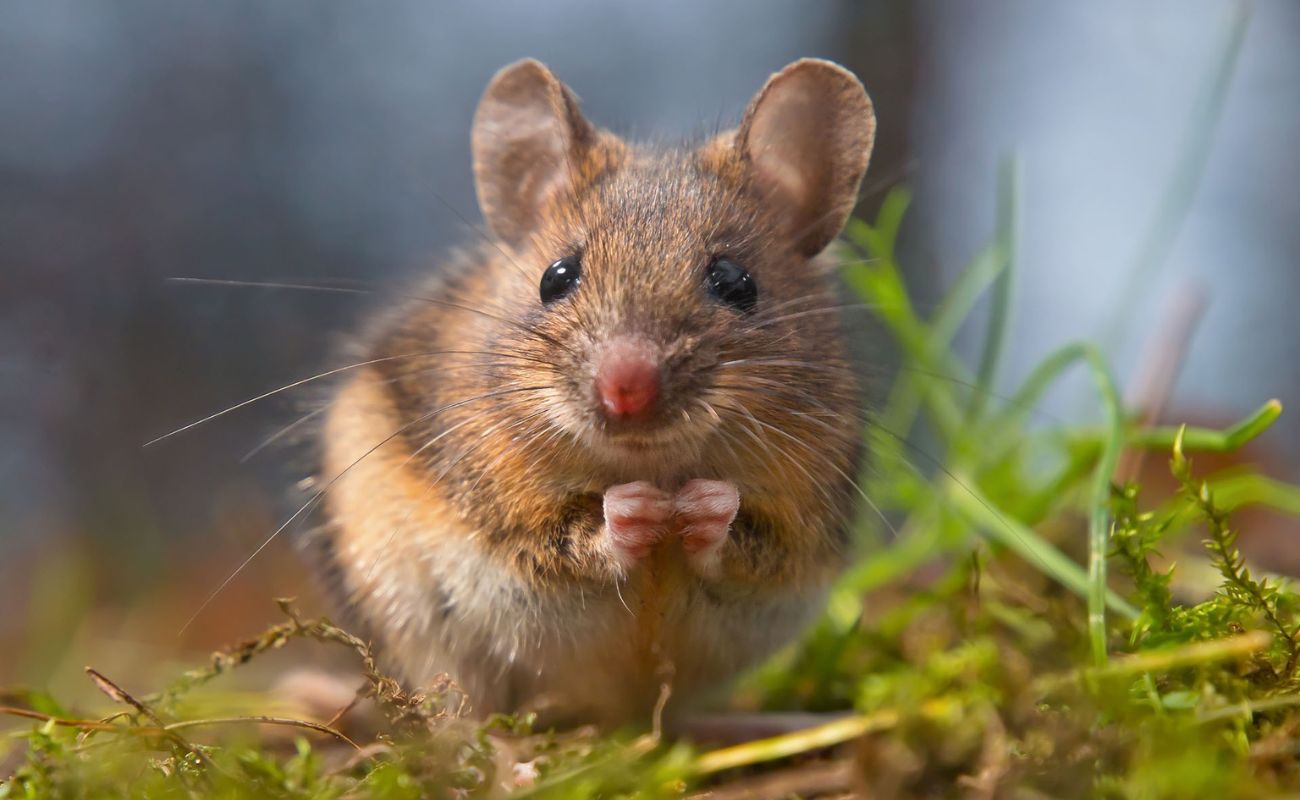
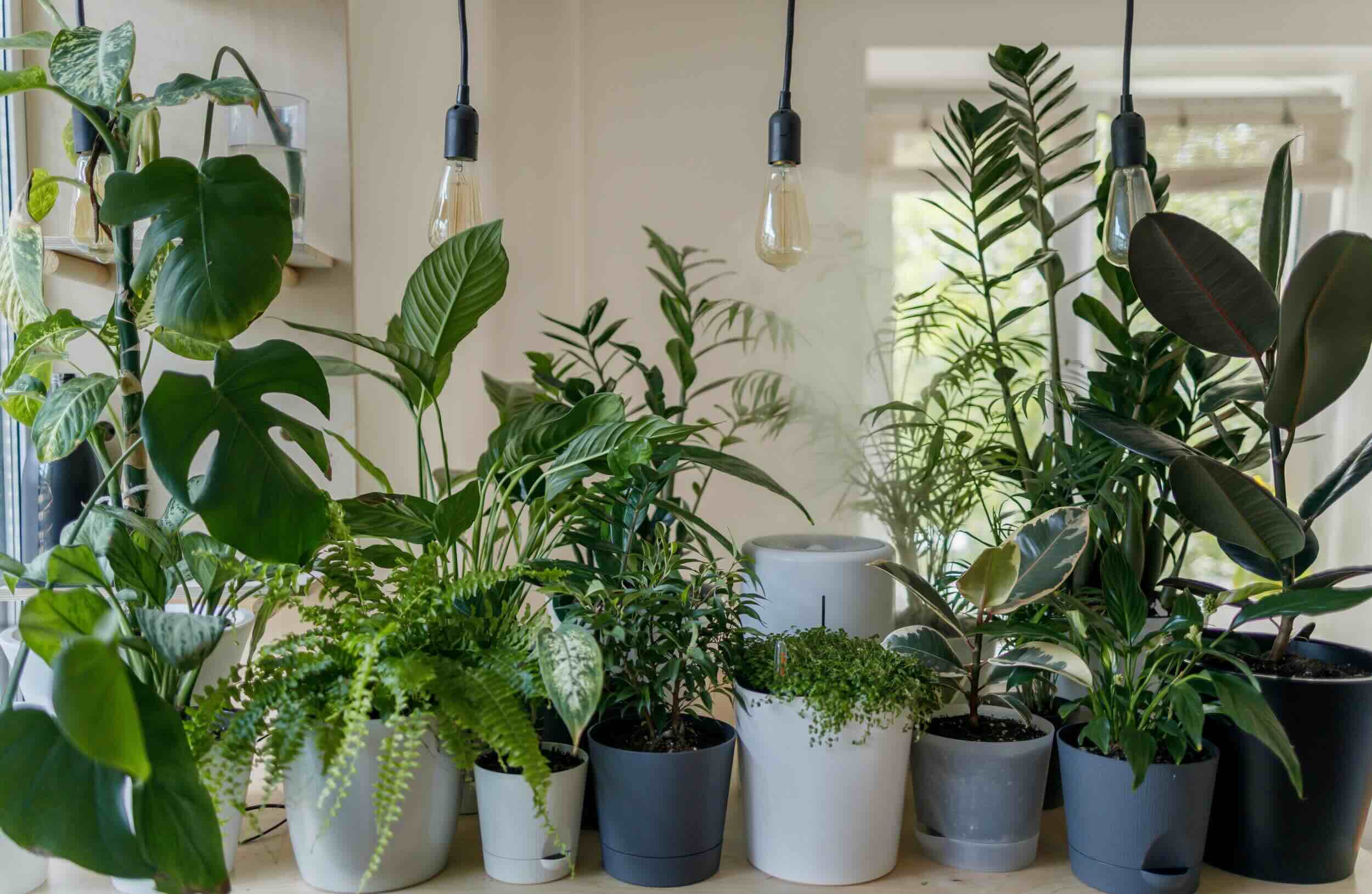
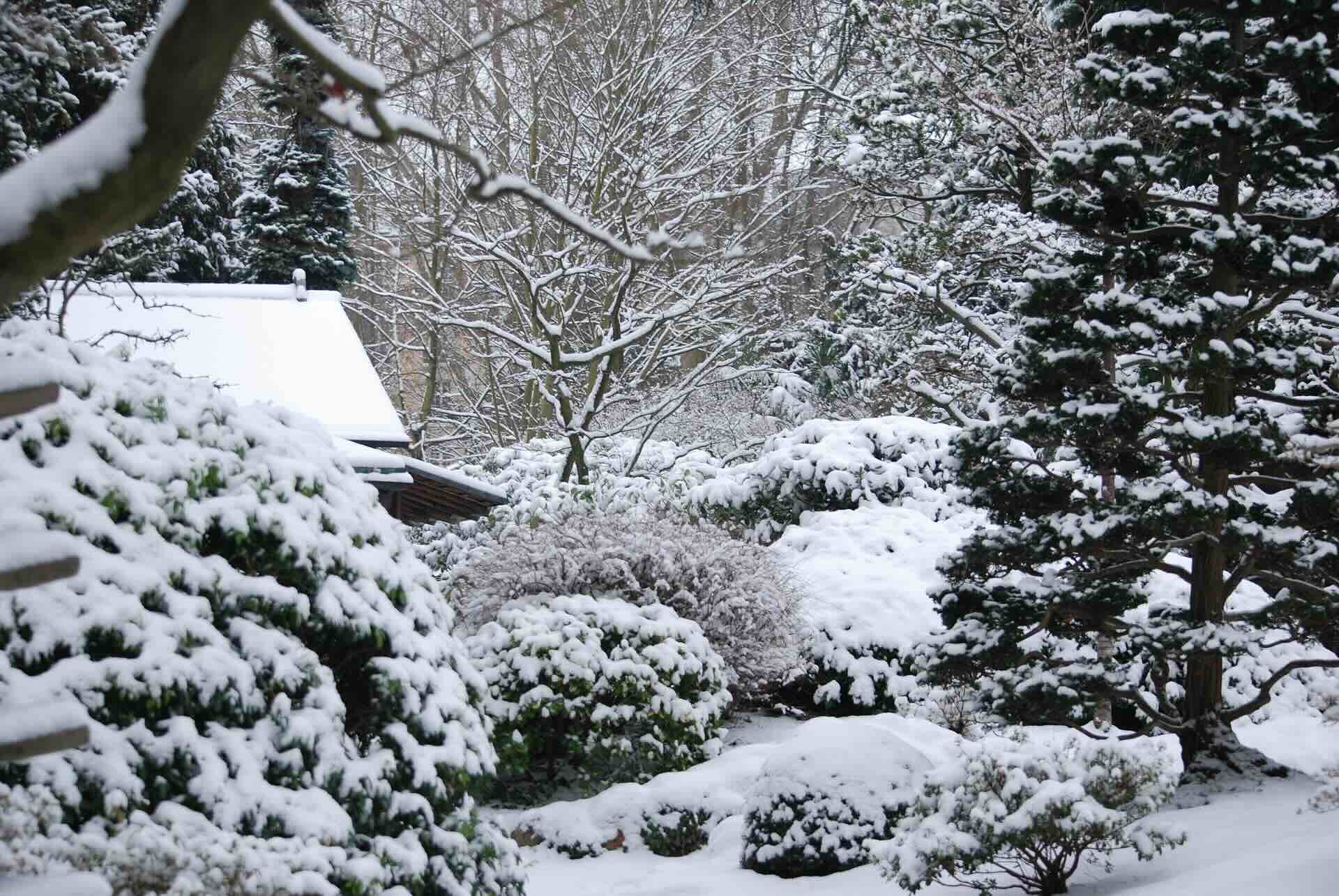
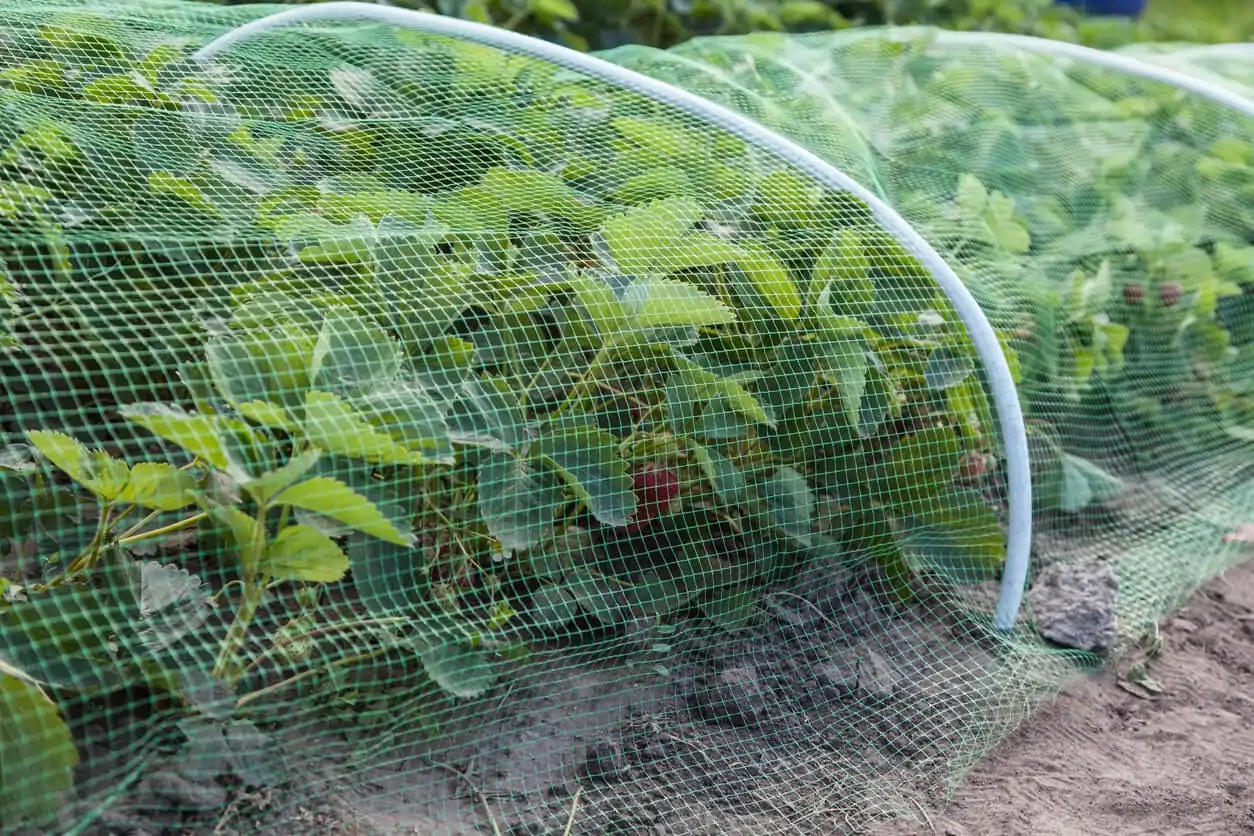
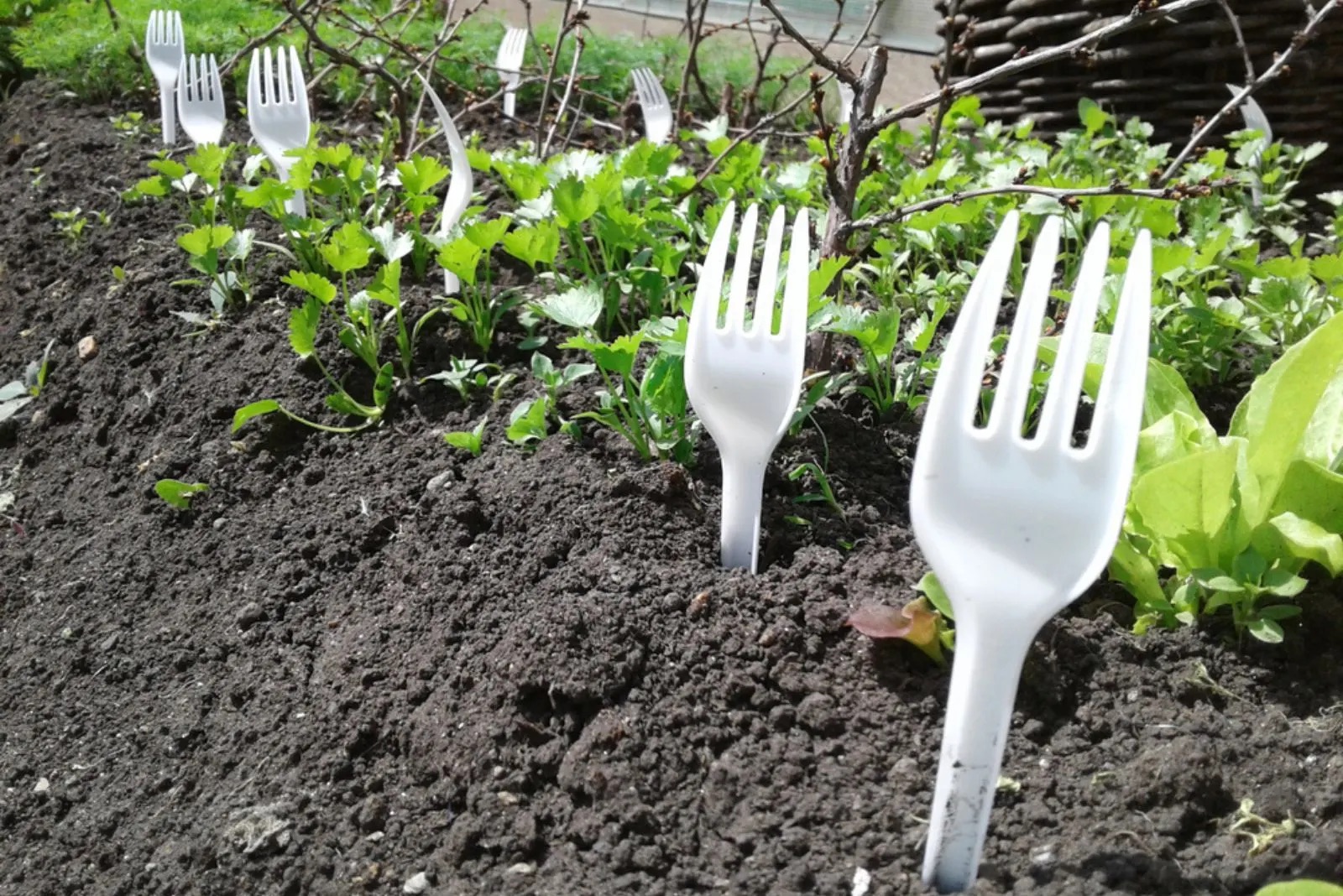
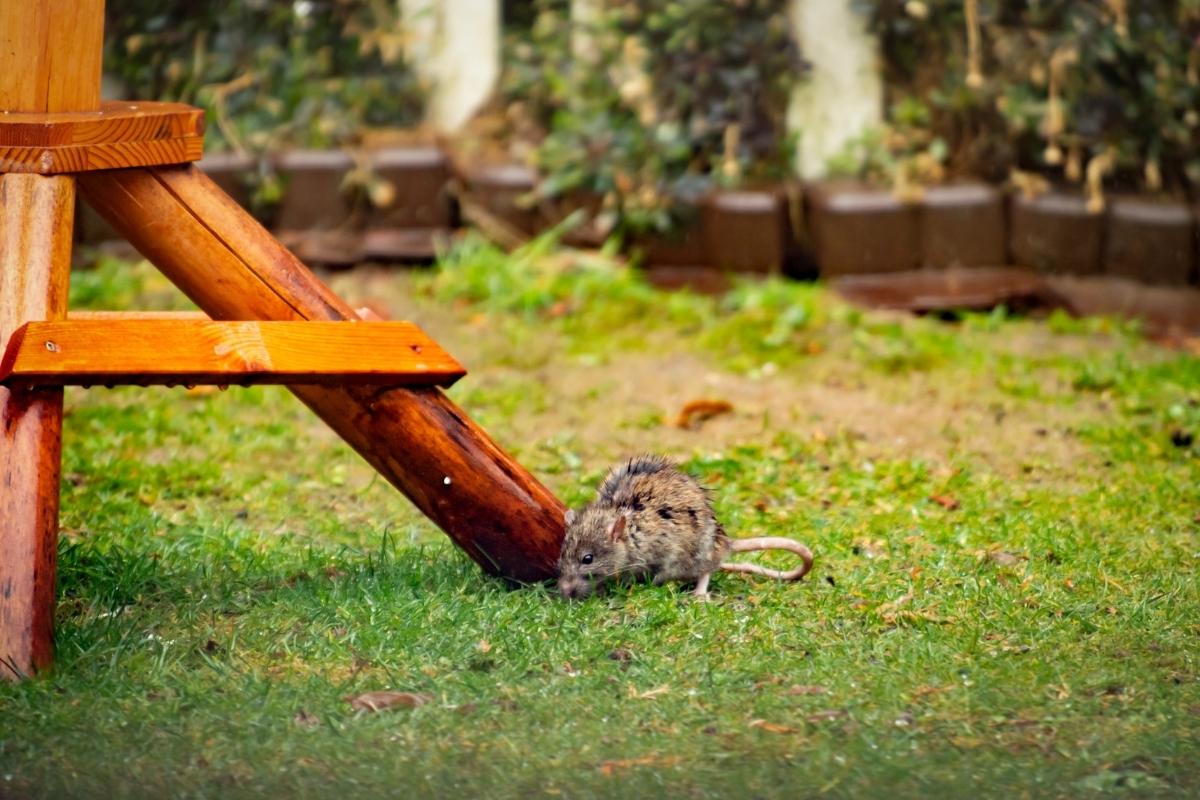

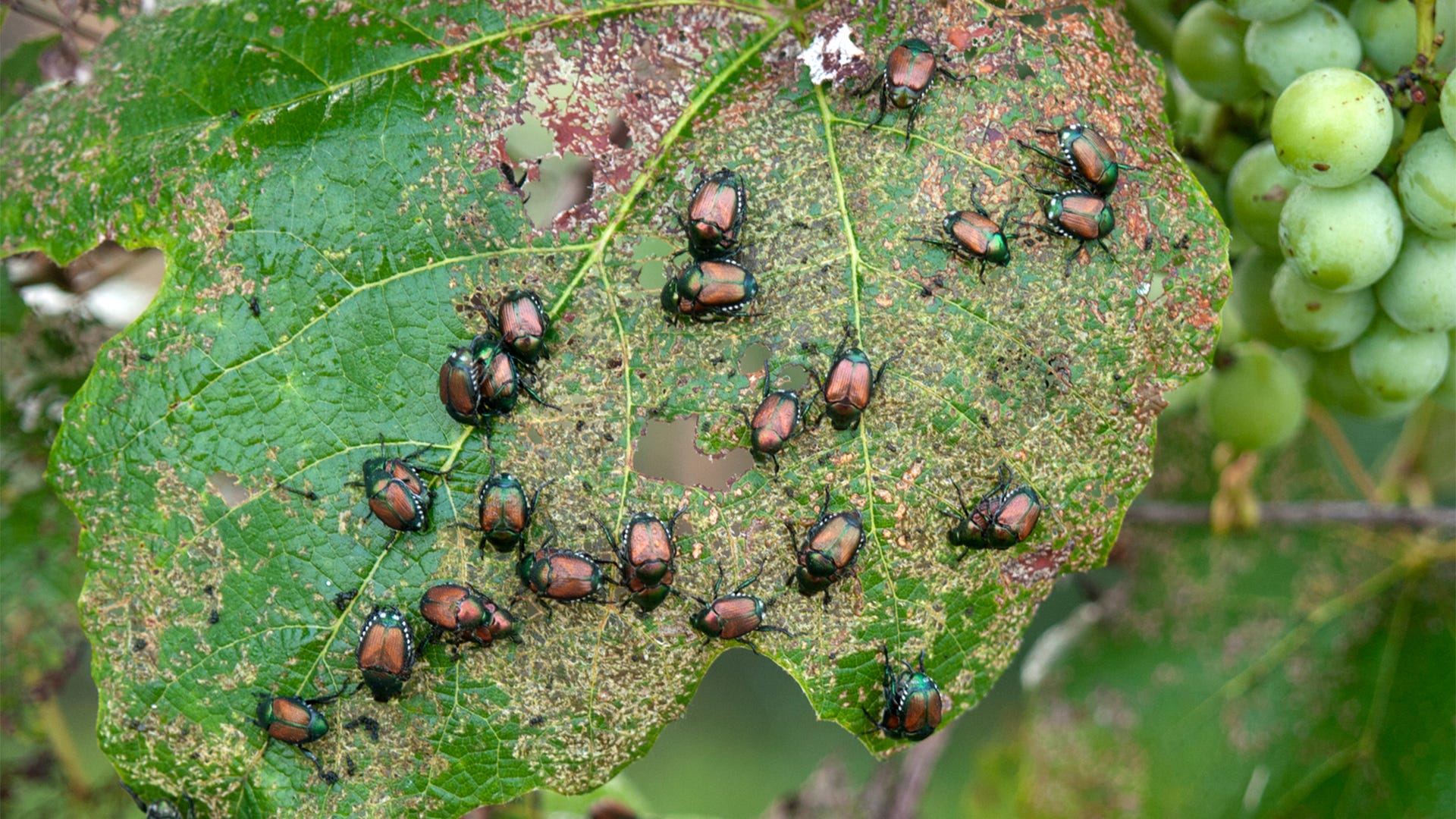
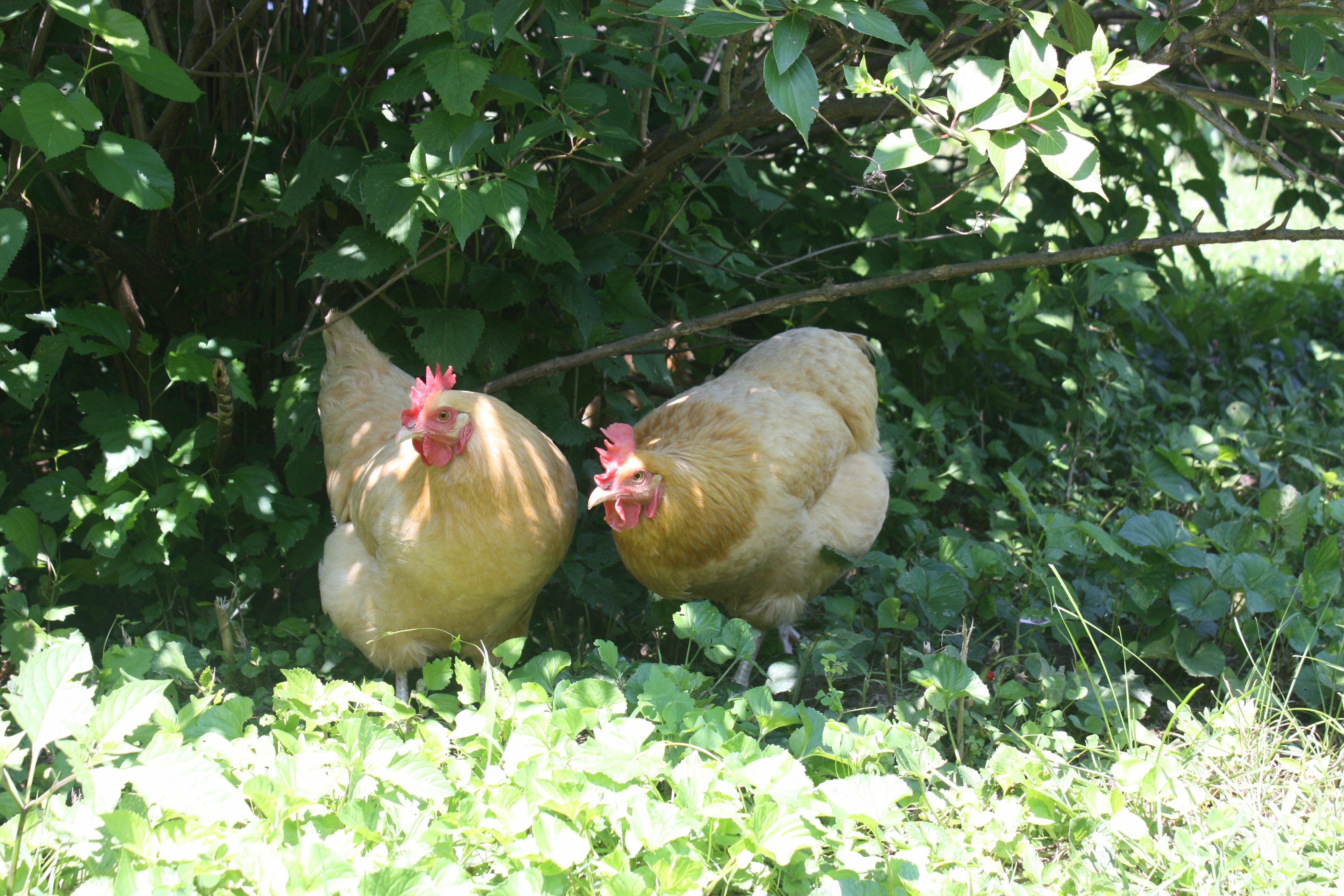
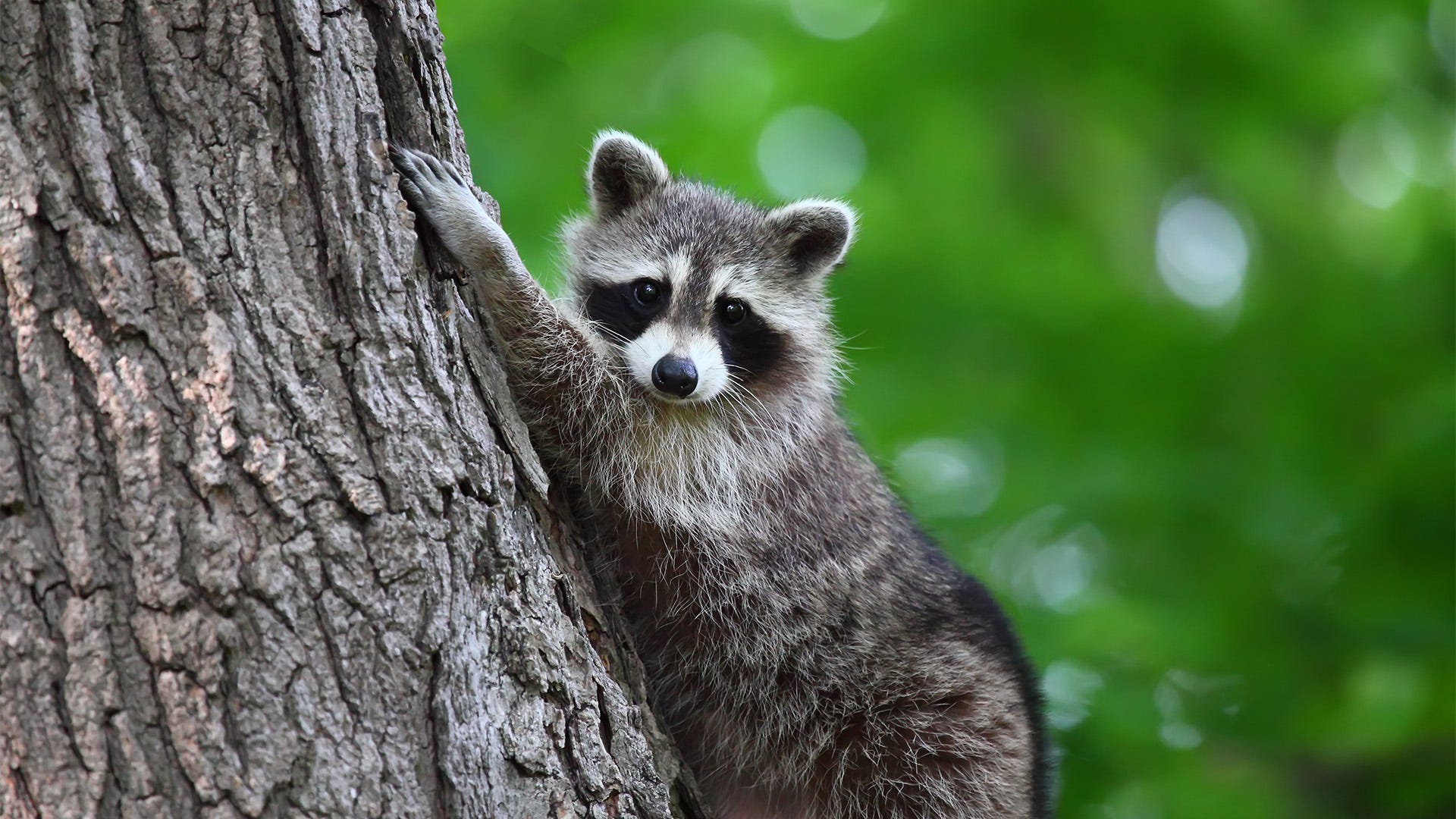



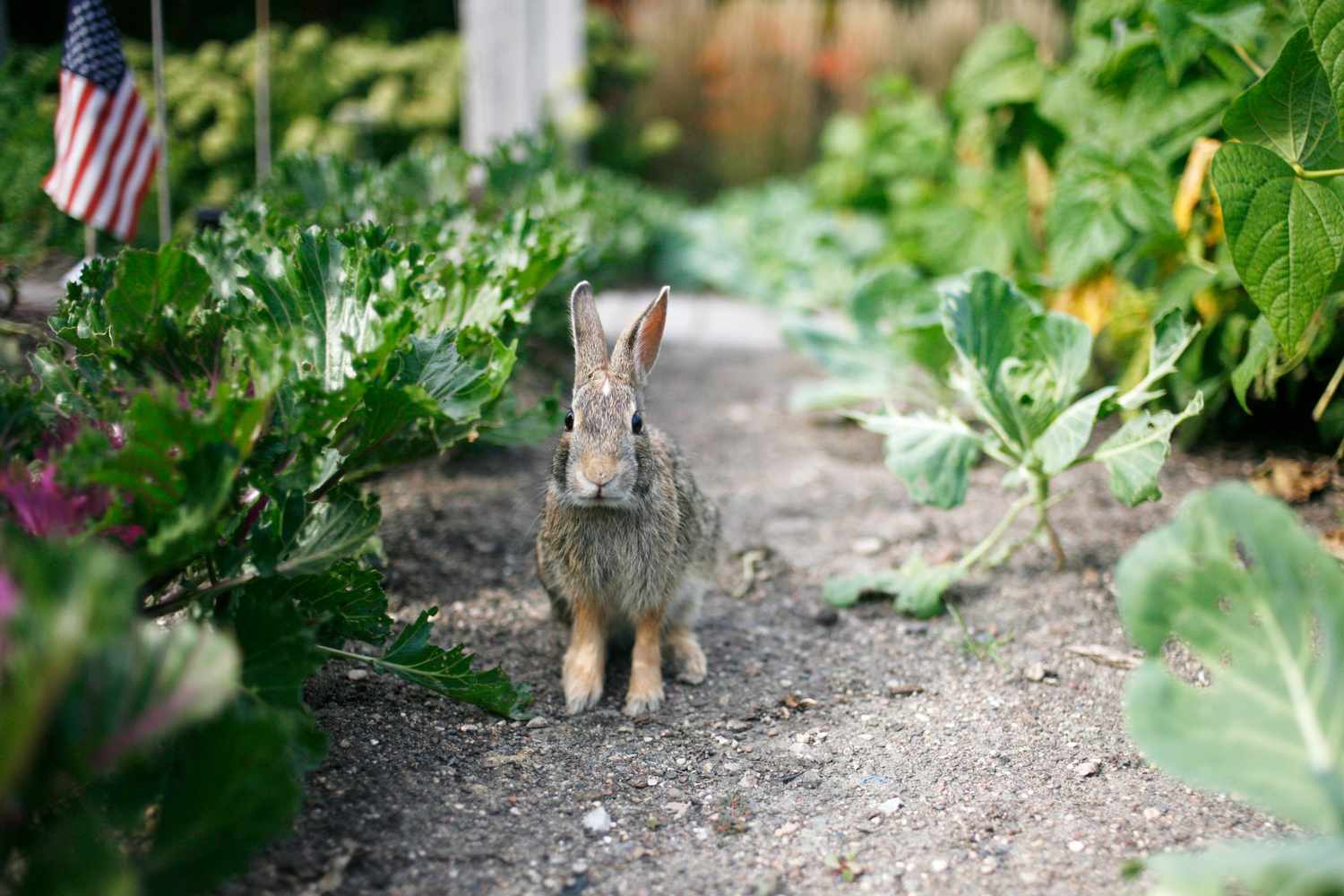

0 thoughts on “How To Keep Mice Out Of Camper During Winter Storage”